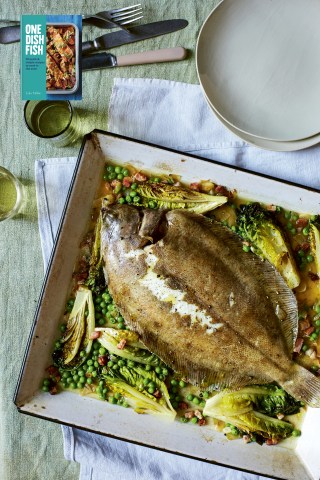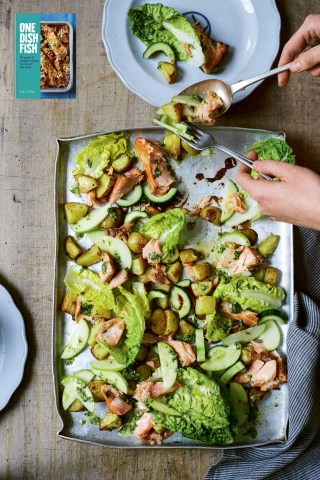Top 5 Bocuse Tips
It’s time to say au revoir to blue soup. Avoid channelling your inner Bridget with these key tips from Bocuse. The perfect guide for both professional chefs and aspiring amateurs, Institut Paul Bocuse Gastronomique features 70 classic and contemporary recipes from the world-renowned Institut Paul Bocuse.
Checking a cooked bird without SPOILING it
We are all familiar with recommended cooking times and temperatures, but do remember that they are only suggestions. If you want to check if a whole bird is ready, pierce it very gently with a chef’s knife between the top of the thigh and the body. If the juices run clear and yellow, without a hint of pink, the bird is cooked.
Wrapped in paper
Cooking fish in a parcel has a lot to recommend it, but for far too long the chosen wrapping has been foil. We now know that aluminium does not react well to the combination of heat and acid (the lemon juice often squeezed over fish). It is advisable to wrap your fish instead in greaseproof paper. Other wrappings, such as banana leaves, also work well and add an exotic touch to your dish in terms of both flavour and appearance. Wrapped fish can be steamed, barbecued or cooked in the oven.
POTATO MASHER v MIXER
The starch in potatoes develops when they are puréed in a mixer, giving them an elastic, almost sticky texture. It is better to mash the potatoes by hand using a masher or a fork.
BLANCHING
The process of blanching vegetables before cooking involves plunging them briefly into boiling water, then immersing them in iced water to halt the cooking process. This preserves their colours and firm texture, restricts oxidation, and also protects flavour and nutritional content ahead of any subsequent cooking. Vegetables freeze better and for longer if blanched first.
HABITS, bad and good
Some cooking practices are deeply ingrained, but are now known to damage the food. For example, salting meat before sealing it causes the juices to escape instead of remaining within the meat. For the same reason, when grilling, roasting or pan-frying, use hamburger tongs rather than a fork to flip the meat, as pricking it can also cause the juices to escape. Note too that fat adds to the flavour of meat, so remove only after it has finished cooking, not before. One good habit is to snip around the edge of the meat to prevent heat shrinkage.
Extract taken from Institut Paul Bocuse Gastronomique: The definitive step-by-step guide to culinary excellence by Institut Paul Bocuse, available here







